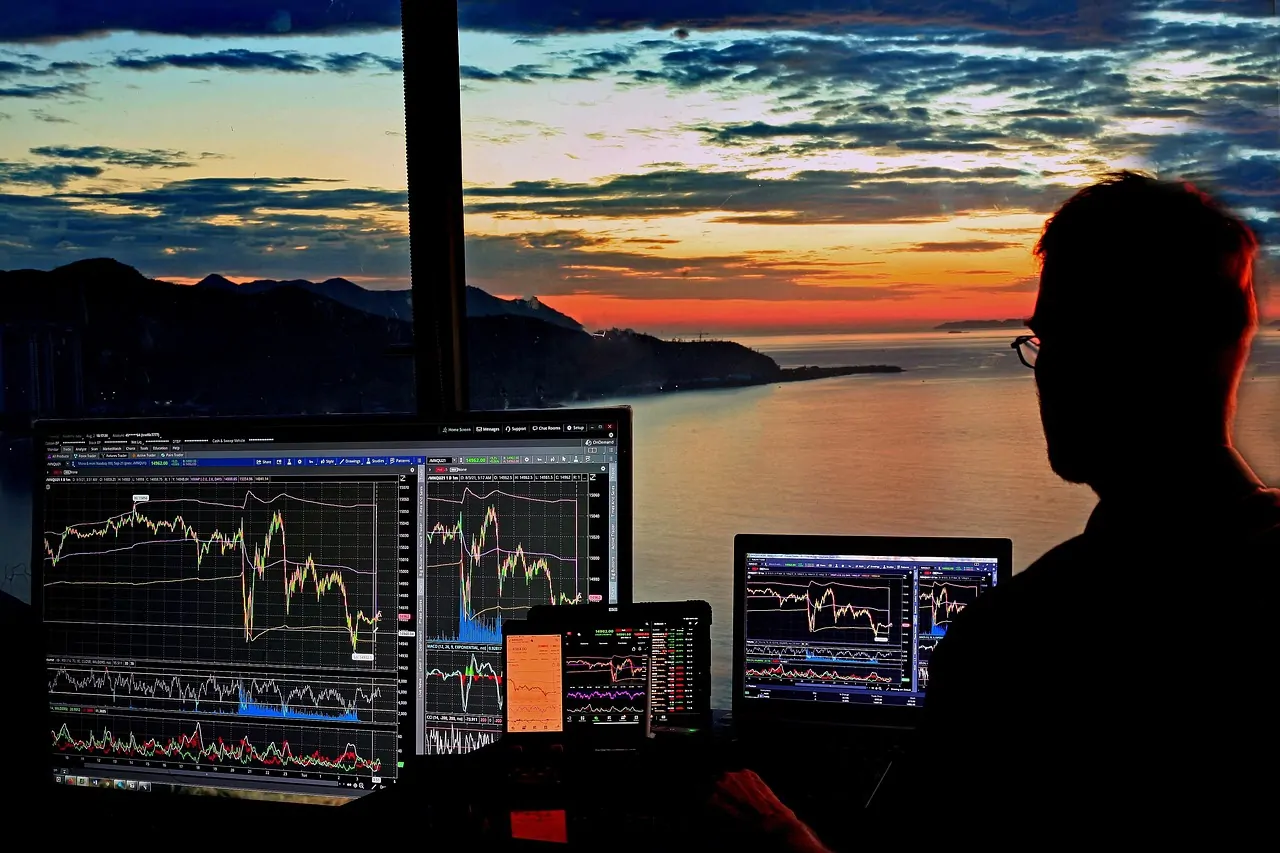
Nothing affirms the law of gravity like the stock market. Inevitably, what goes up must come down. America’s economic history has proven this time and time again. So, making money from our boom and bust cycles is simple – buy before the rise and sell before the fall. However, most investors do not pull the trigger at the right time.
Good news – you may be getting a chance to beat another market downturn.
What Downturn?
You may think this writer has bumped his head, ignored heat warnings too long, or is simply, as my children think, ready for the home – because the markets are thriving.
Friday markets closed at record highs.
The S&P 500 closed at 6,388.64 last week. That is an increase of .40 per over the day before and the 14th record close this year.
Not to be outdone, the Nasdaq Composite hit its 15th record high for 2025 on Friday. The index was up .24%, posting 21,108.32.
Only the Dow missed eclipsing its record close. It ended trading at 44,901.92. That is .25% below its December record of 45,014.04.
Nonetheless, it was a winning week for all three major averages. The S&P 500 gained about 1.5%, the Nasdaq increased around 1%, and the Dow posted an almost 1.3% rise.
History Lesson: 1999
If all the market exuberance is making you feel nostalgic, it might be a flashback to 1999. The upswing in markets that year became known as the dotcom bubble. Stock prices rose well above underlying asset values until the bubble burst.
The bubble was driven by a flood of investment in internet companies. Hence the name dotcom bubble. Many of these companies were little more than concepts without revenue or a game plan. As a result, they were highly overvalued, leading to rapid run-ups in stock indexes. The Nasdaq, for instance, rose by over 700% between 1995 and the crash in March 2000.
Investors lost billions, and many companies went under when the bubble burst. The Nasdaq had dropped over 75% by October 2002,
Some analysts are seeing signs of a bubble this year. Many stocks are priced with the view of a sunny future. However, storm clouds of uncertainty are forming on the political and economic fronts.
The Nasdaq 100 posted its 63rd trading day Friday without closing below its 20-day moving average. That is second only to the 77-day run it had in 1999. In addition, the S&P 500 is trading at 26 times forward earnings. The average is 18. Forward earnings are an estimate of earnings per share in the index’s companies over the next 12 months.
It should be noted that robust markets are not always a sign of a bubble in the making. They may, in fact, be an indication that good times will continue.
Volatile Stocks Warning
However, warning signs are mounting.
J.P. Morgan analysts have warned that investors are increasingly buying volatile stocks “pricing in a goldilocks outcome.”
That, again, bears a striking similarity to the late nineties, when investors bought a story about a company’s potential rather than its fundamentals. Penny stocks and crypto treasuries, which manage digital currencies, have boomed more recently on sales pitches than profits.
These high beta, or volatile, stocks have reached a maximum, according to Morgan. Beta is a measure of a stock’s tendency to change quickly and unpredictably. Any stocks with a beta above one are considered volatile and risky. They can reach high highs or low lows.
Dubravko Lakos-Bujas, Morgan’s head of global asset strategy, acknowledges that the trend of buying more volatile stock could continue without immediate danger. However, he sees broader hazards for markets ahead.
The high beta trend is also “a red flag for the broader market, implying there is rising complacency in the short term,” said Lakos-Bujas.
“This crowding is particularly unsustainable as it soared from 25 percentile to 100 percentile in just three months,” noted Lakos-Bujas.
Increased Risk If Economy Stalls
The continued high valuations in stocks are dependent on a robust economy and continued consumer spending.
Most analysts are predicting moderate growth coupled with a high degree of uncertainty.
Key areas to watch include:
- Tariffs. The impact of tariffs is beginning to be felt in some sectors, such as the automotive industry. General Motors announced last week that tariffs cut its earnings in the second quarter by $1.1 billion. However, it still outperformed expectations. In addition, toymaker Hasbro also took a $1 billion hit from tariffs. Both companies expect the third quarter to be worse.
- Prices and Inflation. Depending on negotiations that may lie ahead, the effect of tariffs may be reduced. However, inflation, though down from last year, is still a concern for the Federal Reserve. A rate cut is not likely until prices stabilize.
- Geopolitical risks. Hot spots of conflict in the Middle East and Ukraine, as well as potential unrest in other parts of the world, are another wild card to factor into the economic outlook. In addition, trade conflicts and supply chain disruptions can also impact markets.
- Technology. Similar to 1999, technology is leading much of the stock market charge. This time, it is AI companies that are drawing investment dollars.
Value Investing
You may be concerned that the excess valuation in stocks is signaling a bust. Then, what are you going to do?
The answer for some is to return to value investing. Value investors look for stocks that are trading for less than their intrinsic value. That is often determined by the stock’s price-to-earnings (P/E) or price-to-book (P/B) ratios. Those are determined by dividing the stock price by either the earnings per share or the book value (net assets) per share.
Of course, value investing involves more than the formulas cited above. A knowledgeable value investor considers a company’s debt and cash flow, the knowledge and track record of management, growth prospects, and the type of industry, in addition to ratios.
Private equity executive Sam Yocum has grown suspicious of the current AI-driven boom in the market. As a result, he began hunting for undervalued companies for investment.
“It’s getting this kind of ’90s, dot-com bubble feel to it,” Yocum recently told the Wall Street Journal. “I will be looking for other opportunities…the basic, fundamental good-value companies.”
Read More
8 Investing Mistakes That Cost You Millions Because You Weren’t Paying Attention to The Market
The Fine Print of Fintech: 8 Surprising Truths About Auto-Investing Apps

Max K. Erkiletian began writing for newspapers while still in high school. He went on to become an award-winning journalist and co-founder of the print magazine Free Bird. He has written for a wide range of regional and national publications as well as many on-line publications. That has afforded him the opportunity to interview a variety of prominent figures from former Chairman of the Federal Reserve Bank Paul Volker to Blues musicians Muddy Waters and B. B. King. Max lives in Springfield, MO with his wife Karen and their cat – Pudge. He spends as much time as possible with his kids, grandchildren, and great-grandchildren.
Comments